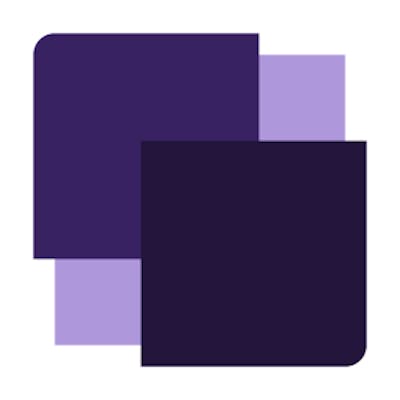Introducing PHPSandbox v4.0
TL;DR: We just released PHPSandbox v4.0 and you can check it out here.
It was barely a year ago when PHPSandbox set out to redefine online development in the PHP community! Having explored available online IDE for PHP, we saw the limitations that come with all of them and how they are not fit for several use cases.
We wanted something that truly provides an encompassing and robust solution. At the same time, we wanted an environment that allows writing PHP code from the browser without unnecessary restrictions and full access to everything the PHP community has to offer.
Since then we have had thousands of monthly active users with over thirty-five thousand notebooks created. We have added support for popular PHP frameworks including Laravel and even experimental support for ReactPHP, support for terminals in non-interactive notebooks, and much more. We are here to announce our next major release, PHPSandbox v4.0.
The latest version comes with several improvements in both user experience and the general platform functionalities. This article highlights some of the improvements we’ve made in PHPSandbox v4.0.
Preview URL keep-alive
Before now, when a notebook is inactive for 5 minutes, we stop the container running the notebook so as to manage our compute resources. This however implies that the preview URL for the notebook would also be unavailable until the notebook is restarted. With the new release, whenever the preview URL is accessed, it would no longer be unavailable even if the container is not running, rather it immediately starts the container ensuring that the preview URL would constantly be available and display its expected content at any time. This also gives way for users who use their notebooks as a backend to an external frontend.
New Design system
We’ve been working hard to give our users the best experience with a new and better visual look. Based on the feedbacks gotten from our users and analytics, we came up with a great experience to help users write codes better. We spent months coming up with a design system to ensure consistency across all components including the icons used.
Improved Frontend
We have spent the bulk of the last quarter refining our frontend. We understand that every user deserves an amazing experience when using our platform and this is one step towards that. The new frontend is based on our new design system. The entire UI for this release is built out of our UI components. This also means that we can deliver features even faster as we now have a design system to quickly set up things on the front end.
Out of the box support for more PHP frameworks
Before now, we have only supported Laravel and ReactPHP notebooks. With this new release, we now have out-of-the-box support for Symfony (Symfony Website Skeleton and the Symfony Skeleton) as well as Slim. We have also optimized the process of adding support for more frameworks hence you can expect more PHP frameworks to be added before the next quarter. Our goal is to support our users with enough tools for them to develop for PHP online and having access to instantly create notebooks from popular frameworks is one of the ways we're achieving this.
More ways to authenticate yourself
While it is not compulsory to be a registered user to enjoy PHPSandbox, we believe users would find the platform more resourceful when registered hence we have added more authentication methods. Already users can get authenticated via Github. We have now added Facebook and Google authentication. We also support regular username/email and password authentication as well.
Switching PHP versions
PHPSandbox offers out-of-the-box support for PHP 8.0 and PHP 7.4. Users can now switch PHP versions they want to run their notebooks on. We are working to add support for even more PHP versions.
Setting notebook server public path
Before this release, the Standard notebooks web server is configured to use the project root as the default public path hence code execution begins from there. However, we understand that some users would prefer to customize their server's public path based on their specific use case and we have included that in this release. Users can now configure the server’s public path to what they want.
With so much more in the pipeline, this represents just a tip of things we intend to bring in this year. We have also taken time to hear from our users to streamline the exact features to include for their diverse use cases as we work to make PHPSandbox the best it can be as an online development environment for PHP. We are particularly excited for this release because it not only comes with new features for our users but it also paves the way for us to explore several other use cases some of which we would be talking about a few weeks from now.
Haven't tried out PHPSandbox already? check it out here.
If you think there are ways we can improve PHPSandbox or you have things you would like to see on PHPSandbox, feel free to use any of our support channels to communicate this to us. You can reach us via Twitter, Discord, or GitHub.
We are also collecting a survey of what our users think and how best to improve the platform in this Google form.
We look forward to hearing from you and seeing the amazing things you are building with PHPSandbox!
